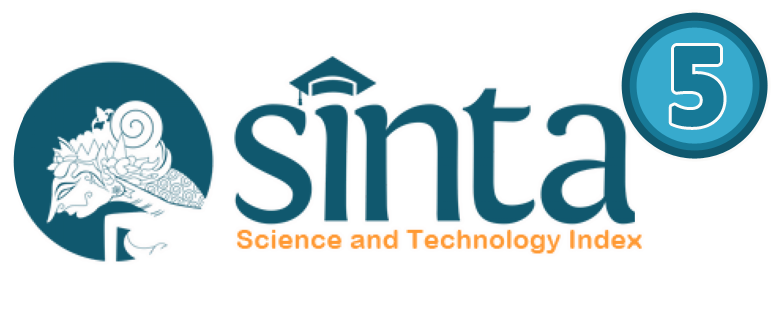DIRECT AND INDIRECT EFFECTS OF YOUTUBE CHILDREN SONGS ON THE L2ACQUISITION OF PRE-SCHOOL CHILDREN: A CASE STUDY
Abstract
Keywords
Full Text:
PDFReferences
Adams, A. Su. E. G. (1996). Phonological working memory and spoken
language development in young children. Test, (1), 216–
https://doi.org/10.1080/713755610
Ellis, R. (1986). Understanding Second Language Acquisition. Oxford: Oxford
Uni-versity Press https://doi.org/10.1017/S0272263100007038
Fromkin, V., Rodman, R., & Hyams, N. (2002). An Introduction to Language.
Bos-ton: Wadsworth
Gass, S. & Selinker, L. (2008). Second language acquisition: An introductory
course (3rd ed.).
Mahwah, NJ: Lawrence Erlbaum. https://doi.org/10.4324/9780203932841
Gass, S. & Selinker, L. (2008). Handbook of Second Language Acquisition: An
Introductory Course. Oxford: Blackwell.
https://blogs.umass.edu/moiry/files/2015/08/Gass.Second- LanguageAcquisition.pdf
Kenney, S. (2005). Nursery rhymes: Foundations for learning. General Music
Today, 19 (1),28–31. https://doi.org/10.1177/10483713050190010108
Krashen, S. D. Second Language Acquisition and Second Language Learning.
Prentice-Hall
International, 1988. 10.37514/JBW-J.1986.5.2.07
Krashen, S. (2018). The Conduit Hypothesis: How reading leads to academic
language competence .Language Magazine, May 2018.
https://www.languagemagazine.com/2018/05/01/the-conduithypothesis/10.5539/elt.v13n8p200
Leader, A. (2016). Background Noise May Hurt Toddlers’ Ability to Learn Words
https://leader.pubs.asha.org/doi/10.1044/leader.RIB1.21102016.12
Manuel and Medel (1976). ‘What is descriptive research method according to?’.
https://askinglot.com/what-is-descriptive-research-method-according-to
Mitchell, R. & Myles, F. (1998). Second Language Learning Theories.
https://vulms.vu.edu.pk/Courses/ENG505/Downloads/Second-LanguageLearning- Theories.pdf
Phillips, S. (1993). Young Learners. Oxford: Oxford University Press.
Purcell, J. M. (1992). Using songs to enrich the class. Hispania, 75 (1), 192-196
DOI: https://doi.org/10.36269/sigeh.v3i2.2063
Refbacks
- There are currently no refbacks.

This work is licensed under a Creative Commons Attribution-ShareAlike 4.0 International License.
ISSN ONLINE: 2775-8834




1.png)










